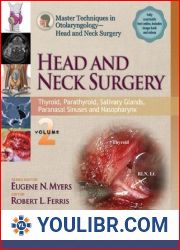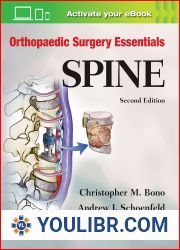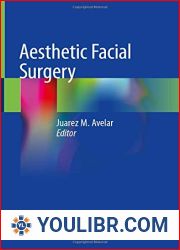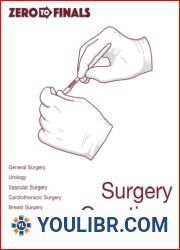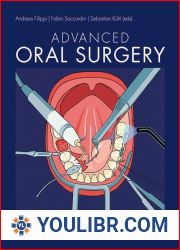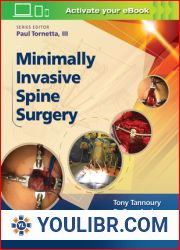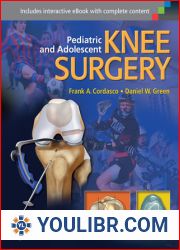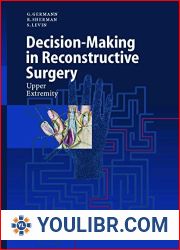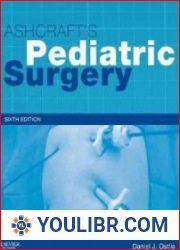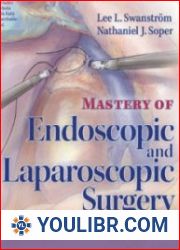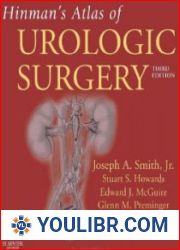
BOOKS - Neuroendoscopic Surgery


US $7.76

180862

180862
Neuroendoscopic Surgery
Author: Jaim e Gerardo Torres-Corzo
Year: 2016
Format: PDF
File size: PDF 29 MB
Language: English
Year: 2016
Format: PDF
File size: PDF 29 MB
Language: English
The grow ing body of knowledge and the fastpace of innovation in neuroendoscopic surgerycom bine to create a thirst for practical inform ationam ong both new and experienced neurosurgeons Neuroendoscopic Surgery will do m uch to slake thatthirst In this book highly experienced contributorsfrom around the world cover the num erous clinicalindications and procedures for treating patients usingneuroendoscopic surgical techniques Who better to pull together such a stellar collectionof w ritings on the state of the art than a triad ofneurosurgeons representative of the span of theprototypical neurosurgeon s career They includemy esteem ed contem porary the renow ned seniorneurosurgeon Jaim e Torres Corzo of Mexico w ho isknow n for his work on neurocysticercosis flexibleneuroendoscopy and m inim ally invasive surgery Dr Torres Corzo stands at the apex of his career at theAutonom ous University of San Luis Potosi MedicalSchool and as president of the Mexican Society ofNeurological Surgeons His coeditors include Dr Torres Corzo s form er student Dr Leonardo RangelCastilla w ho is at the beginning of his career follow ing a neurosurgery endovascular fellowship atthe University at Buffalo in New York His grow ingclinical training and already extensive scholarlyoutput portend a productive academ ic career Dr Rangel Castilla com pleted a cerebrovascular and skullbase neurosurgery fellowship w ith us here at BarrowNeurological Institute BNI in Phoenix While w ithus he also studied w ith my BNI colleague and thethird editor of this book Dr Peter Nakaji and indeed it is from this association that the inspiration for thisbook arose Dr Nakaji bridges these two extrem esof experience of his coauthors being between themin seniority but having already m ade significantcontributions to m inim ally invasive neurosurgeryand neuroendoscopy These fields have always beena special interest for him beyond the edges of ourshared field of cerebrovascular surgery and neurooncology A dedicated educator Dr Nakaji servesas the director of our BNI neurosurgery residencyprogram is involved in num erous research studies and has a passion for sharing learning that you w illfind in these pages These three neurosurgeonshave not only recruited an experienced cadre ofinternational colleagues to share their expertise onthe topics covered in this collective work but havealso contributed substantively to the text them selves Neuroendoscopic Surgery begins w ith a discussionof the history of this highly skilled surgical art InSection I authors reveal the dram a behind the hitor m iss attem pts to develop the first endoscopes from their hum ble beginnings in the 1850s to theincreasingly complex neuroendoscopes that enhancethe m inim ally invasive surgical techniques usedtoday The w ide ranging technology now w ithinarm s reach is covered along w ith a description of thedevelopm ent of the first flexible neuroendoscope atool that has becom e integral to our work Subsequent sections of the text describe the relevantanatomy clinical indications neuroendoscopic andm icroneurosurgical procedures and special topics such as com plications The greatest weight is givento indications and procedures and readers w ill findthat the num erous chapters on these areas offerm uch guidance for better m atching patients to theappropriate procedure Section II on intraventricular and basal cisternanatomy includes chapters that present in great detailthe lateral and third ventricles the cerebral aqueductand fourth ventricle and the basal cisterns Theseneuroanatom ists bring to bear their considerablem icroneuroanatomy skills on the explication ofregions of the brain Their illustrations cadaverstudies specim en slices and intraoperative clinicalim ages as well as their detailed explanations of them are an excellent review before a surgical procedure Of the fourteen chapters in Section III on indications six are on hydrocephalus alone and serve as acomprehensive overview of its variants The extent ofthis coverage emphasizes the importance of this topic Other topics in this section include tum ors colloidcysts hypothalam ic ham artom as pineal regiontum ors intraventricular hem orrhage arachnoid cysts and ventriculoperitoneal shunt m alfunction Section IV on neuroendoscopic procedures andSection V on m icroneurosurgical procedures encompassnine and seven chapters respectively The chapters onneuroendoscopic procedures give in depth overviewsof procedures for dealing w ith hydrocephalus such asthe endoscopic third ventriculostomy or for facilitatinghydrocephalus treatm ent such as aqueductoplasty fenestration and foram inoplasty Perhaps m ost exciting from the standpoint of therecent technological advances of the past two decadesand as a precursor to future advancem ents is thediscussion of endoscope assisted m icroneurosurgery in the exploration and biopsy of the basal cisterns inm icrovascular decom pression intra and extra axialbrain tum ors and aneurysm s and the shift towardthe use of fluorescence for better visualization The final section of the book Section VI dealsw ith special topics from com plications to anesthesia neuroendoscopy in developing countries and thefuture of neuroendoscopy The last chapter offers aglim pse of the future yet to com e as it exam ines recentand im m inent changes in the neurosurgeon s toolkit such as three dim ensional endoscopy hyperspectralim aging confocal endom icroscopy and exoscopes Accom panying the chapters throughout the bookare num erous intraoperative videos that showcasethe anatomy and the neuroendoscopic approachesfor various surgical procedures Each chapter alsoconcludes w ith a sum m ation of key points in theform of pearls that give a quick review of the m aterialcovered From its earliest beginnings w ith endoscopy m orethan a hundred and fift y years ago neuroendoscopicsurgery has becom e not only increasingly com plexbut also increasingly m inim alistic As I and otherneurosurgeons began to realize that reducingsurgical traum a and tissue m anipulation duringprocedures conveyed a better prognosis for ourpatients we explored less invasive ways of accessingthe target areas of the brain requiring treatm ent Neuroendoscopic surgery now provides an excellentway to access critical regions of the brain w ith theleast traum a possible It stands at the vanguard oftreatm ent for brain lesions and the physicians w hopractice it are aided by an increasingly sophisticatedarm am entarium that includes rigid lens endoscopes flexible fiberscopes three dim ensional highdefinition endoscopes and videoendoscopes Doubtless newer innovations greater technologicalbreakthroughs and m ore beneficial clinical outcom esw ill com e to light even as Neuroendoscopic Surgeryrolls off the press Such is the very nature of ourwork as neurosurgeons we constantly question thestatus quo seek newer and better ways of perform ingprocedures and strive through continual learning toalways deliver to our patients the best possible carefor the m ost optim al outcom e







